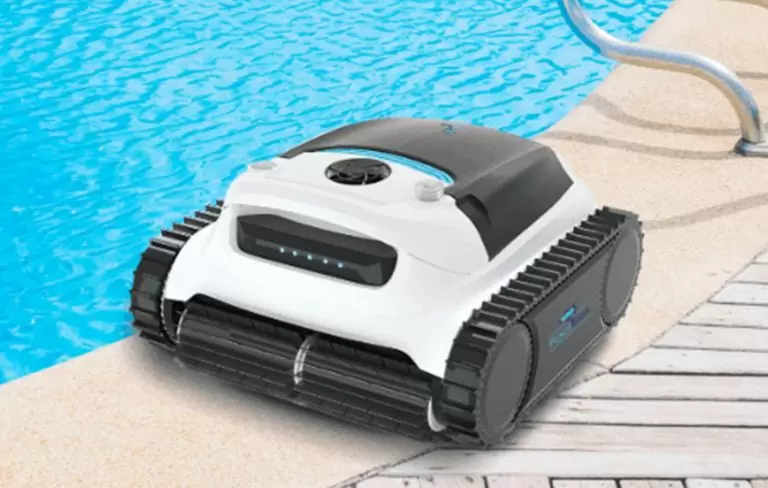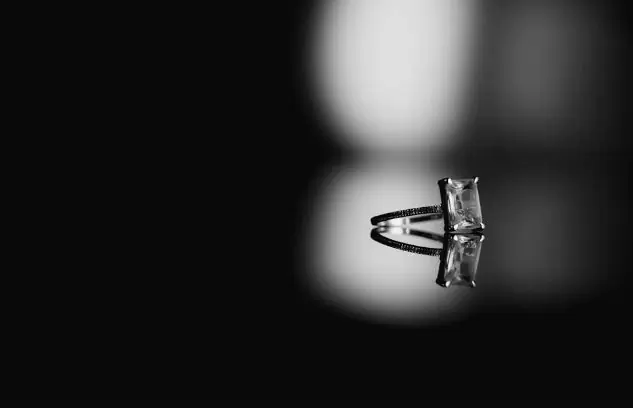Does Insurance Cover Your CPAP?
A CPAP machine might help you sleep better if you’re among one of the 2 to 9 percent of adults who have obstructive sleep apnea. Your doctor will advise you to use the machine every night after prescribing CPAP therapy to achieve the optimum outcomes.
Although CPAP therapy is efficient, it can also be costly. Prices for standard CPAP devices range from $250 to $1000 or more, without adding the price of any required extras like filters and masks. If you’re thinking about starting CPAP therapy, you might be wondering if your insurance policy will cover some of the expenses.
- If you have been diagnosed with sleep apnea, your insurance provider will likely pay the cost of your CPAP or bi-level PAP equipment; however, coverage varies from plan to plan and authorization requirements also do.
Also, You are informed that in order for your insurance to continue covering the cost of the equipment, you must be “compliant” with your therapy. We’ll define what “compliance” is and discuss ways to increase compliance. By the end of the article, you will also know if you need to file a CPAP Sleep Apnea machine lawsuit.
How Is Compliance with CPAP Measured?
If your insurance provider is paying for the cost of your CPAP machine and related supplies, they will want to know if it is effective for you and how frequently you use it. Compliance measures how frequently you use your CPAP machine and whether it is effective for you.
According to Medicare, you must use your device for 4 hours each day on 70% of the nights. Consider the initial 90 days of therapy as a “trial period.” They examine how you use the service after 31 days but before the 90-day “trial period” expires. In the first 90 days of treatment, they look for 21 days of continuous use out of 30 days.
What Information Is Recorded For CPAP Compliance?
Your CPAP machine keeps track of your sleeping patterns, and you can give your doctor or insurance provider access to this information to ensure compliance. The number of hours the machine is used, the amount of time spent sleeping, the apnea-hypopnea index (AHI), and the leak rate all contribute to how effective CPAP therapy is.
What is Rental/Device Purchase Health Insurance?
Nowadays, a lot of insurance companies cover PAP devices on a monthly rental basis, usually for three to ten months. You will be the owner of the device after this time period. Your provider will send your insurance company a monthly charge because it is a monthly rental. Additionally, a monthly bill for your co-insurance will be sent to you.
How long does the rental term last?
The most typical choices are:
- 3 months of rental, 4 months of purchase
- ten-month lease
- 13-month lease
How can I tell if my insurance covers Rental or Purchase?
Either ask your provider or get in touch with your insurance provider. Your provider should be able to give you an estimate of your anticipated financial responsibilities at the time of set-up and each month for the duration of your rental when they verify your insurance benefits and coverage. They will also learn the terms of the rental or purchase. Unfortunately, neither patients nor medical professionals can decide whether CPAP will be covered as a rental or buy.
How much will a Purchase cost me?
If your provider is part of your insurance network, your insurance company has agreed to a price for your PAP machine. If you choose a provider who is in-network rather than one who accepts your insurance, there may be a significant difference in what you spend. Each sort of equipment has a different price. The price of a CPAP or APAP is less than that of a BiPAP or bi-level device.
For the most accurate price, it is best to chat with your provider or insurance company.
How much will I pay for a Rental?
In most cases, the rental fee is calculated by dividing the device’s purchase price by the number of months in the rental agreement.
It’s crucial to keep in mind that the mask, tubing, filters, and cushions that were provided during your setup will be included in your first month’s charge.
When will my insurance start to cover new equipment?
Many insurance companies will cover a new device every 3 to 5 years. Before your insurance provider approves the new device, you might require a new sleep study. The insurance firms want to confirm that you still need the device and that the settings are appropriate. Depending on your weight gain/loss or other health issues, you might need a higher or lower pressure setting.










